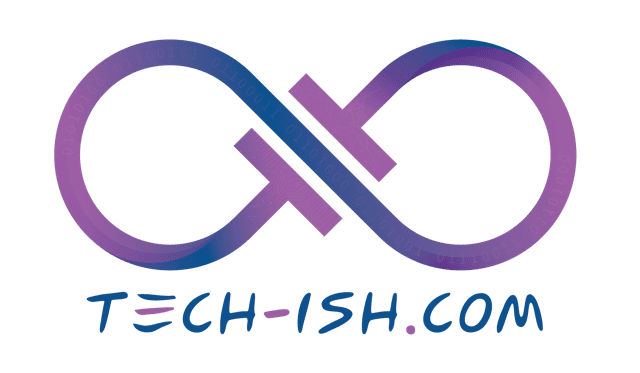With the explosion of the Internet of Things (IoT), users are being exposed to more connected devices. This technological and societal change has impacted both business and general households alike, with studies show that households have at least 10 connected devices today and in the future, it could go up to even 50 devices. Business opportunities now enjoy big data, allowing better business insights and experiences, while having more smart devices in the mix to enable better efficiency and productivity, even paving the way for new business models. Households have also seen the impact of this change, with more data being shared across devices and services, contributing to personal health, easier working-from-home solutions and more.
This all-connected ecosystem sets the building blocks for the upcoming connected future and Huawei has heavily contributed to it with its 1+8+n ecosystem concept and Seamless AI Life Strategy, bringing in more smart devices to homes and offices. Simply put, the 1+8+n strategy forms an all-scenario hardware ecosystem with three layers (1 + 8 + n), where, ‘1’ stands for the smart phone as the centre of it all, ‘8’ stands for the 8 categories of Huawei-developed products and ‘n’ stands for the abundant IoT ecosystem devices. Finally, the ‘+’ sign stands for what connects these layers such as HUAWEI Share and HUAWEI HiLink.
This ecosystem ushers in a more connected experience for users, allowing them to adapt better in today’s digital era. By being constantly connected, users change the way how daily tasks are done and how they interact between multiple devices. Thanks to Huawei’s ecosystem, adapting to this trend is less challenging and in turn enable efficiency, productivity and ease of access, be it for personal or business use. By connecting to multiple devices and services under one HUAWEI ID, it is smooth and simple to connect and share between them. For example, Huawei Music can be used for music across smartphones, earphones, or speakers, with a single tap thanks to OneTap, while tapping the smartphone to laptops will enable Multi-Screen collaboration for screen mirroring and drag and drop data transfer. With HUAWEI ID connecting these devices, all data can be accessed and securely shared across devices.
What does this mean for the end-user? Simply put, with more Huawei devices being readily available and connected with each other, data is easily and safely shared across devices and services, allowing for a more efficient daily life. This plays a major role in various segments, such as health management, entertainment and even for working, be it at home or office.
The implementation of IoT and connected devices is the stepping stones of a wider digital transformation strategy, which once combined with new technology and services, creates a connected experience like no other. Technology around us is ever growing, changing how things are done and revolutionising the end-user experience. With a strong array of smart devices and cloud services at its disposal, Huawei is paving the way for a smart digital future with its all-connected ecosystem that brings everything to the palm of the user.





